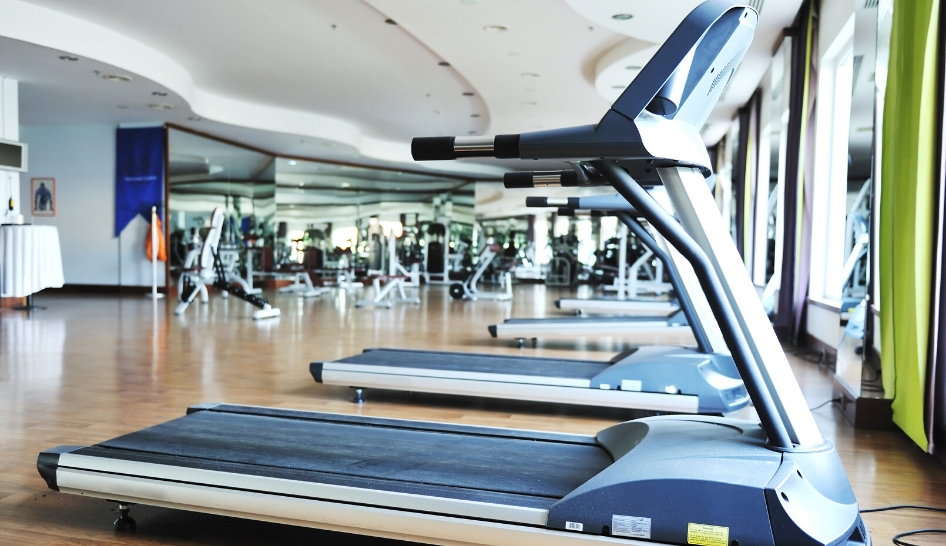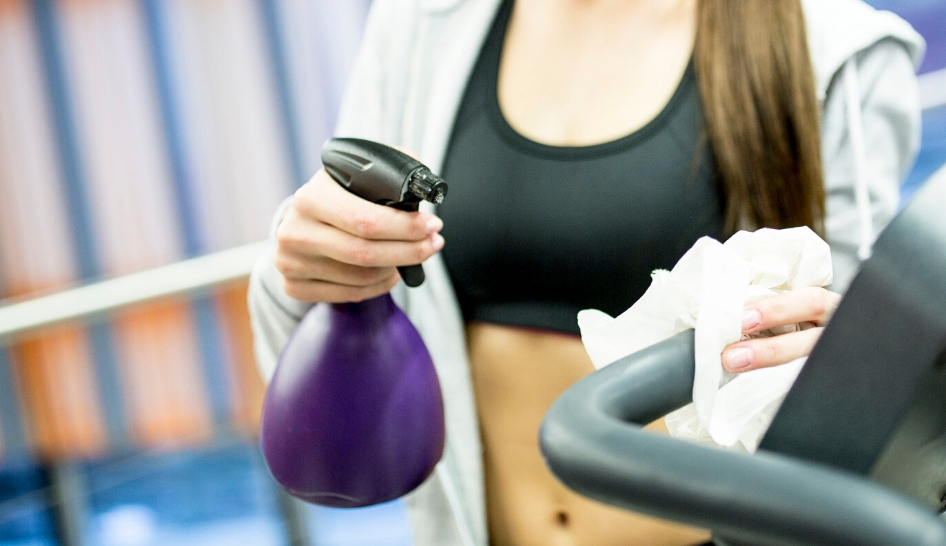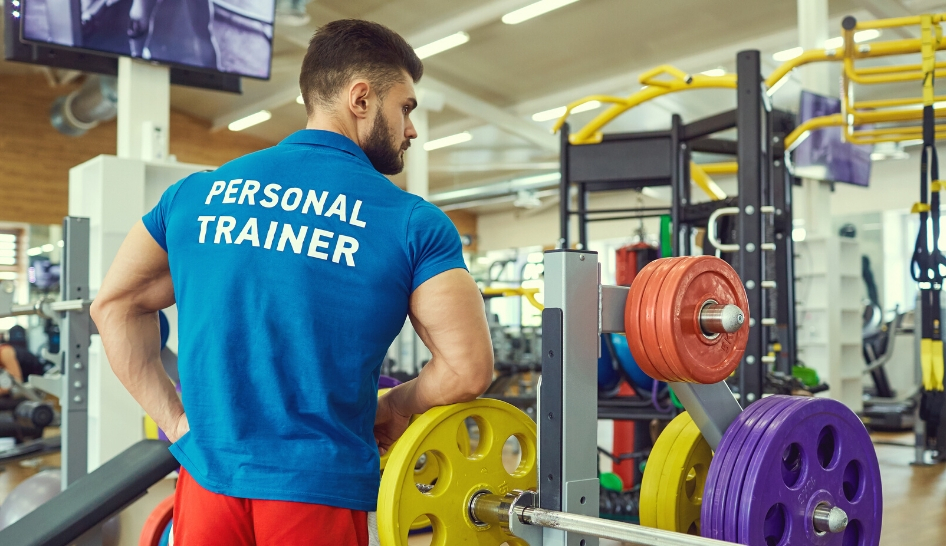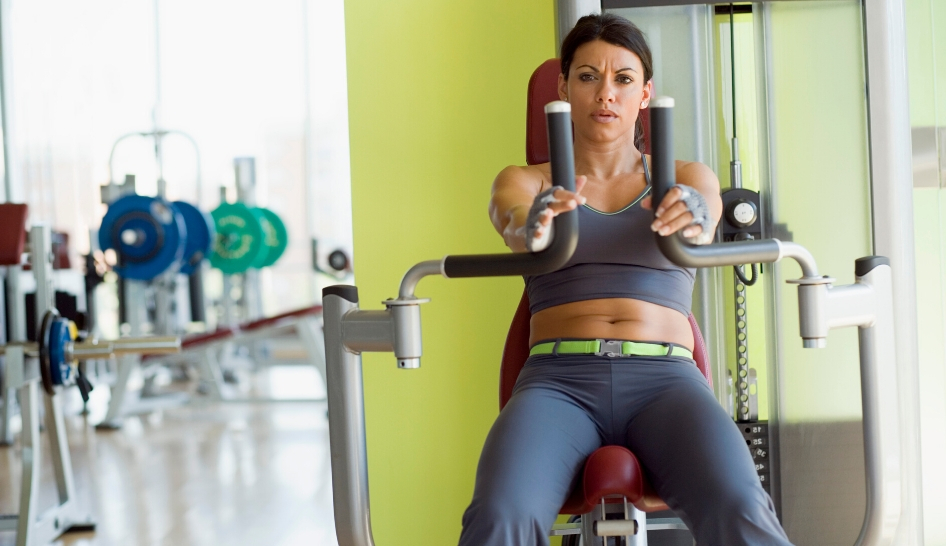Updated September 22, 2020
As the coronavirus pandemic continues with effective treatment or a proven vaccine still months away, governments around the world have reopened in various stages. In some places, like New York and New Jersey in the U.S., initial reopening following prolonged closure is new. In other areas, such as Ireland, clubs have had to navigate threats of second closures as coronavirus cases spike. Other countries such as Sweden and Taiwan have kept clubs open throughout.
The reopening of fitness centers has included extensive social distancing and enhanced cleaning in the initial phase. International and national guidelines currently recommend people stay at least six feet—or roughly two meters—away from each other in public. Nevertheless, reopening businesses have and will continue to take it a step further. Clubs need to outline new and evolving cleaning protocols and ensure adequate staffing and supplies to execute these plans.
With any plan, it is essential that decisions regarding safety protocols are in compliance with the most up-to-date information from national, regional, state, and local authorities with regards to set phases and a timetable and any restrictions that must be put in place at any given time.
Here are questions to consider as you continue to navigate plans on how—and when—to implement, evaluate, and adapt safety protocols in your club. We've broken down the questions into four categories:
- Containment,
- Cleaning and Sanitation,
- Staffing, and
- Operations.




